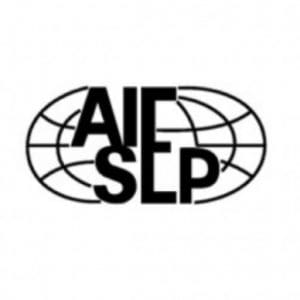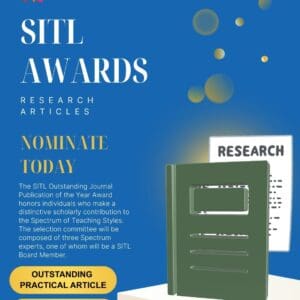The Internet and social media are not just about hate, bullying or gambling! This moral panic comes with every new innovation e.g. rock and roll, TV.
Picture a world where young people are taught to use the Internet and social media safely; to learn about any topic; to connect with others; to share ideas or grow innovative projects. In this world, they are empowered to shape and control their identity both online and in the real world – so that they can present their best selves. And by the way, they learn how to do all of this as part of their normal day.
The possibility of this world is not a fantasy. It can be achieved through formal education. And every young person can access it.
And yet, why is this not happening in schools now? Well, school principals spend much of their time dealing with discipline issues pertaining to online bullying. To counteract this, schools ban pupils using phones while at school. Yet, the online bullying issues continue in and out of school.
It doesn’t have to be like this for the school. Education (and physical education) can solve this ubiquitous problem.
We take it for granted that every child learns his/her ABCs. But there’s another kind of ABCs for the digital world: Agility, Balance, Critical Thinking, and Social Identity Management that are never learned. Put simply: Agility is the ability to engage/move with the latest trusted digital trends; Balance refers to the ability to choose how and when to engage with virtual and real-world situations – knowing when to put on ‘airplane mode’; Critical Thinking allows the person to gauge whether data sources/digital trends/apps are trustworthy. Social Identity Management is the ability to manage one’s social identity online. And so, just as everyone learns the alphabet and phonics to eventually read, learning to be digitally literate enables the child to both read and understand their digital world and to engage with it with the confidence and competence to live healthy and fulfilled lives – in other words, to enjoy digital wellbeing.
There’s no great mystery to becoming digitally literate. We are talking about learning recognisable skills such as information and data literacy, communication and collaboration, digital content creation, safety and problem solving. This new more comprehensive view of digital literacy expands our traditional understanding of digital skills (e.g. ECDL and coding).
Internet use has become an integral part of children’s everyday lives. These digital natives use it to exercise their right to freedom of expression and information, freedom of organization and participation, as well as the right to privacy.
It is however important to make the distinction between accessing the Internet and being digitally literate – These are not one and the same thing. The OECD highlighted how digital natives are not actually digitally literate. Therein lies the problem.
In Irish schools, children are not taught to be digitally literate. This means that they are not able to read and understand their digital worlds. One reason for this is that teachers are often not trained to teach digital literacy through normal classroom activities. If a student misuses technology, the school’s response is to ban pupils from using devices. This is a golden opportunity lost.
To teach a child to be digitally literate involves e.g. physical education teachers using particular teaching techniques i.e. TPACK (technological, pedagogical and content knowledge). Teachers need to use TPACK for every subject area to reinforce the digital ABCs. By knowing these ABCs, young people are empowered to be responsible, digitally connected citizens.
The EU think that learning to be digitally literate is so important they have recently developed DigComp 2.0 – The Digital Competence Framework for Citizens. Many EU countries have embedded this in their education systems. To date, Ireland has not. That’s another opportunity lost!
The education system has the power to change things for our children through enacting the government digital strategy and by training all teachers to meet DigComp 2.0. This would place digital literacy on an equal footing to literacy and numeracy so that every child would have a map for both their real world AND their digital world.
What about the costs of this bold move, you ask? Targeted grants might be a good start. This could be channeled into CPD on digital literacy for teachers coupled with infrastructural support e.g, broadband.
So, what are we waiting for? We have a very agile teacher workforce who need to be trained to meet this latest challenge…The digital wellbeing of our children depends on it.

